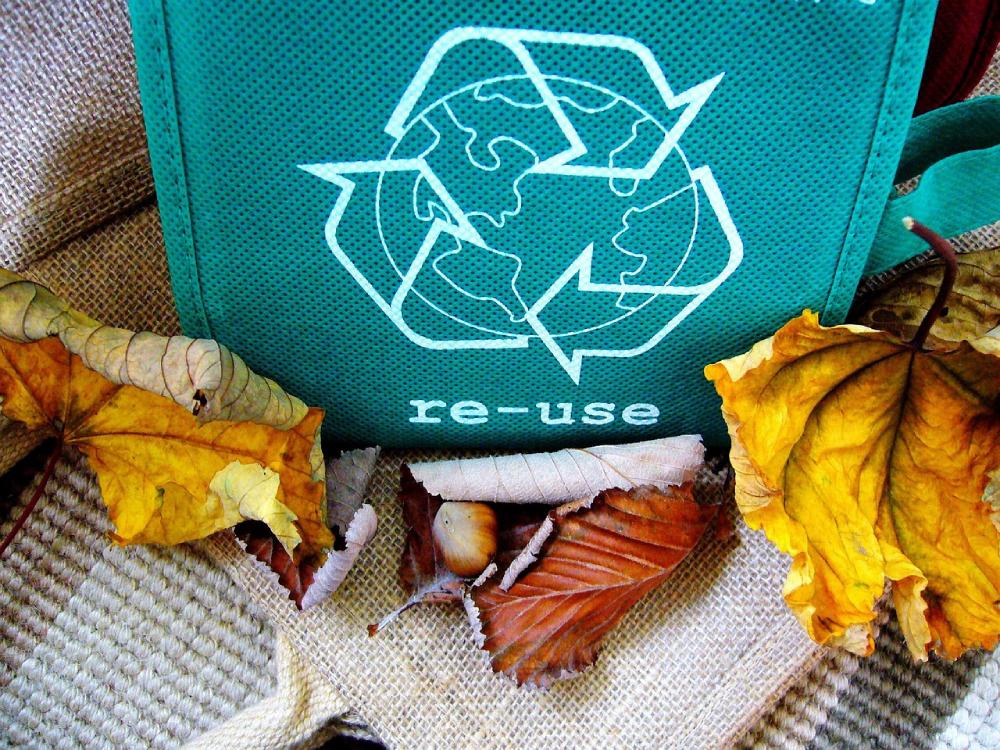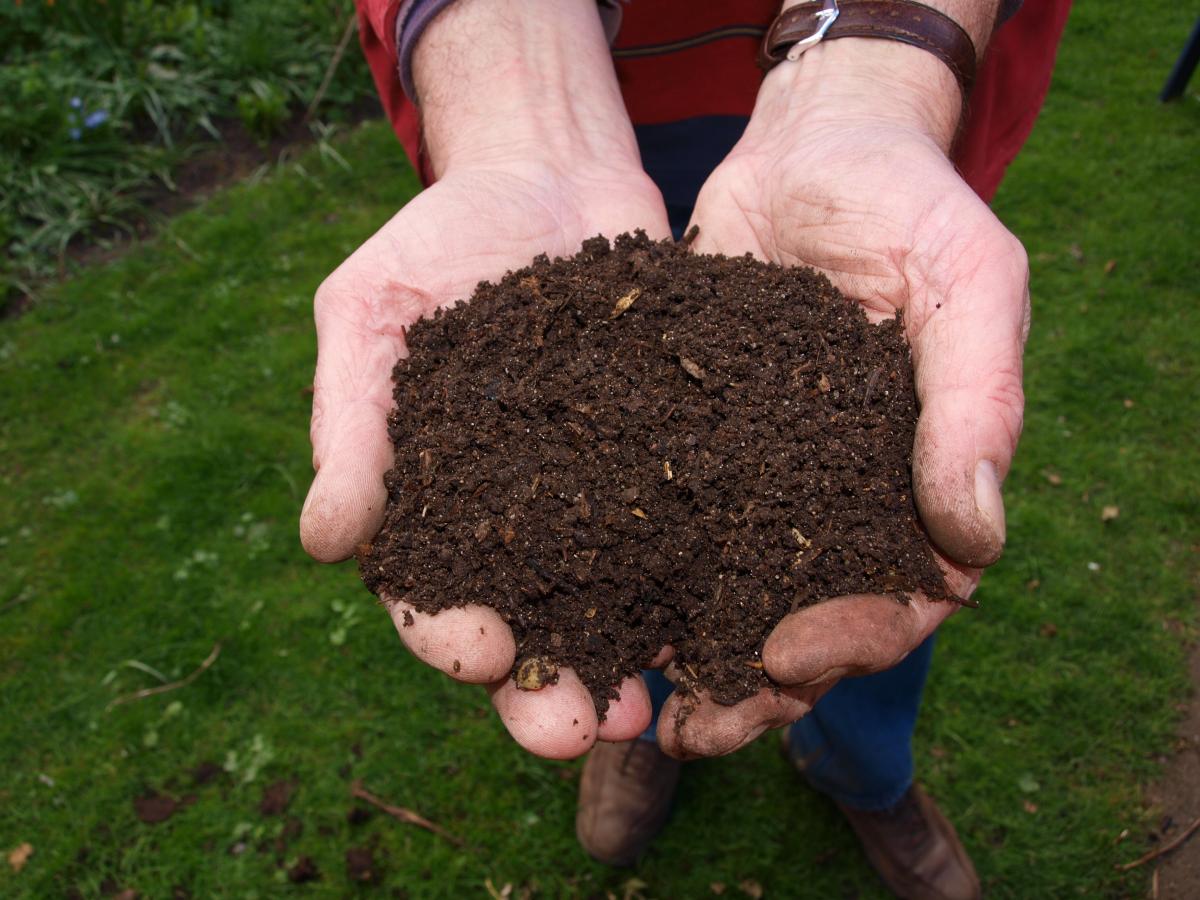Introduction
Recycling is a powerful tool in our quest for a sustainable future. It is a concept that revolves around the idea of transforming waste materials into new and useful products, rather than allowing them to accumulate in landfills or pollute our environment. Recycling plays a crucial role in environmental conservation and is key to addressing some of the most pressing challenges we face today.
The importance of recycling cannot be overstated. One of its primary benefits lies in its ability to reduce waste. Our planet is faced with an ever-increasing amount of waste generated by human activities. Landfills are reaching capacity, and the disposal of waste presents significant environmental risks. By recycling, we can divert materials from the waste stream, giving them a new life and reducing the need for additional resources to be extracted and processed. This not only saves valuable landfill space but also helps to protect our ecosystems from the harmful impacts of waste accumulation.
Another significant advantage of recycling is its role in conserving resources. Many of the materials we use in our daily lives, such as paper, plastic, glass, and metal, are derived from finite resources. By recycling these materials, we can reduce the demand for raw materials, thereby preserving natural resources like forests, minerals, and fossil fuels. This conservation of resources is vital for ensuring their availability for future generations and reducing the environmental impact associated with their extraction and production.
Furthermore, recycling contributes to the mitigation of climate change. The manufacturing of products from virgin materials is often energy-intensive and generates greenhouse gas emissions. By recycling, we can significantly reduce the energy required for production, resulting in lower emissions of carbon dioxide and other greenhouse gases. This reduction in emissions helps to mitigate climate change and limit the environmental damage caused by the extraction and processing of raw materials.
In conclusion, recycling is an essential practice that holds great significance in environmental conservation. By reducing waste, conserving resources, and mitigating climate change, recycling plays a vital role in building a more sustainable future. In the following sections, we will delve deeper into the intricacies of recycling and explore how to recycle right, ensuring that our efforts are effective and impactful.
Understanding Recycling
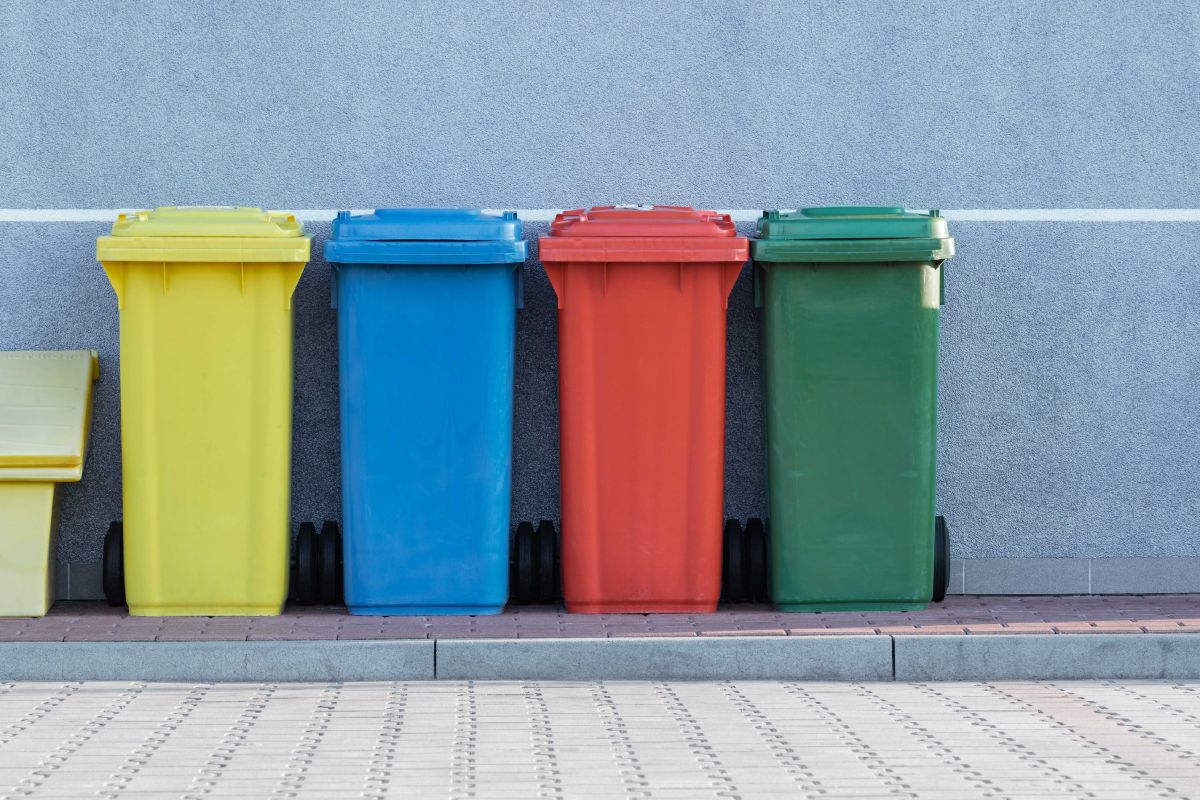
What is Recycling?
Recycling is a process that involves converting waste materials into new products or raw materials, rather than disposing of them as trash. It is a key component of the broader concept of waste management and resource recovery. Recycling follows a cyclical approach, where materials are collected, sorted, processed, and transformed into new items, reducing the need for virgin resources.
At its core, recycling is based on the principles of reducing, reusing, and recycling. The goal is to minimize waste generation and maximize the utilization of resources by giving materials a second life. By participating in recycling, individuals and communities contribute to the circular economy, where resources are used efficiently, waste is minimized, and environmental impacts are reduced.
Recycling offers numerous benefits. First and foremost, it helps to conserve natural resources. Many materials used in manufacturing, such as paper, plastic, glass, and metal, are derived from limited resources extracted from the Earth. By recycling these materials, we reduce the demand for virgin resources, thereby preserving valuable natural habitats, protecting biodiversity, and minimizing ecosystem disruption.
Additionally, recycling plays a crucial role in waste reduction. Improper waste disposal, such as sending materials to landfills or incinerators, leads to environmental pollution and the squandering of potentially useful resources. By recycling, we divert materials from the waste stream, extending their lifespan and minimizing the amount of waste that ends up in landfills. This not only reduces the strain on landfill capacity but also helps to mitigate the release of harmful substances into the environment.
The Environmental Impact of Recycling
Understanding the environmental consequences of improper waste disposal highlights the significance of recycling. When waste is not properly managed, it can contaminate soil, water bodies, and air, posing serious risks to human health and ecosystems. Landfills produce greenhouse gases, including methane, a potent contributor to climate change. Incineration releases pollutants and greenhouse gases into the atmosphere, further exacerbating environmental issues.
In contrast, recycling offers environmental benefits across multiple fronts. One significant advantage is the conservation of energy. Recycling often requires less energy compared to extracting and processing virgin materials. For example, producing aluminum from recycled aluminum requires approximately 95% less energy than producing it from bauxite ore. By saving energy, recycling reduces greenhouse gas emissions, mitigating climate change and air pollution.
Furthermore, recycling helps to reduce pollution associated with resource extraction and manufacturing processes. Mining, logging, and other extraction methods can cause habitat destruction, water pollution, and soil erosion. Industrial processes release pollutants into the air and water, degrading environmental quality. By recycling, we decrease the demand for these processes, alleviating their environmental impact and protecting ecosystems.
In conclusion, understanding the concept and significance of recycling is crucial for adopting sustainable waste management practices. Recycling allows us to conserve natural resources, minimize waste generation, and reduce pollution. By participating in recycling initiatives, we contribute to a more sustainable future by preserving our environment, conserving energy, and minimizing our ecological footprint.
The Recycling Process
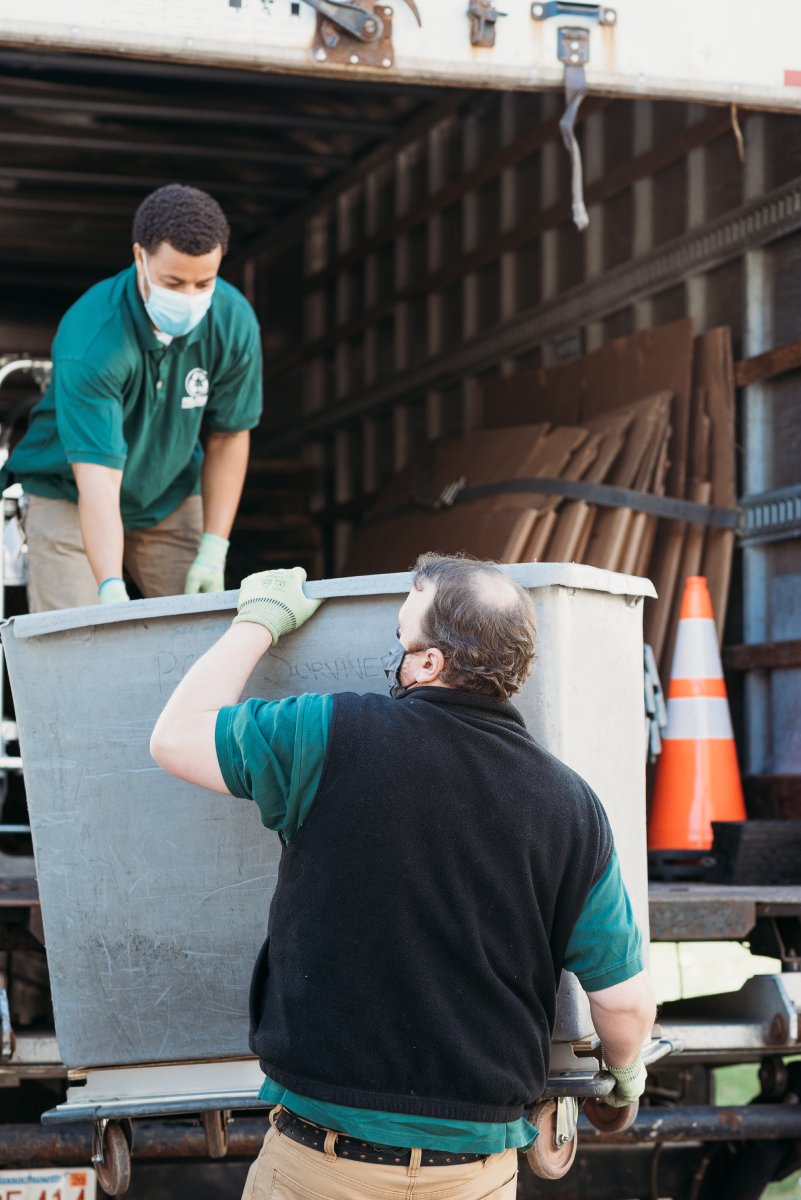
Collection and Sorting
The first step in the recycling process is the collection of recyclable materials. Various methods are employed to ensure the efficient gathering of these materials. One common method is curbside recycling, where households separate recyclables from their regular waste and place them in designated bins or bags. These materials are then collected by municipal or private waste management services on scheduled collection days. Drop-off centers are another option, allowing individuals to bring their recyclables to designated locations for proper disposal. Additionally, recycling facilities play a crucial role in collecting materials from businesses, schools, and other institutions.
Proper sorting is essential to maximize the recycling potential of collected materials. Recycling facilities employ advanced sorting technologies and manual labor to separate different types of materials. The sorting process involves separating paper, plastic, glass, metal, and other recyclables. This meticulous sorting ensures that each material can be processed appropriately.
Processing and Manufacturing
Once the materials are sorted, they undergo processing to prepare them for manufacturing into new products. This process involves cleaning, shredding, and transforming the recyclables into raw materials that can be used in various industries. For example, paper is pulped, cleaned, and transformed into new paper products. Plastics are sorted by type, melted, and reformed into pellets to be used for manufacturing plastic goods. Glass is crushed, melted, and molded into new glass products. Metals are melted down, refined, and used to create new metal items.
Market for Recycled Materials
Recycled materials have a significant market demand, and their utilization spans across a wide range of industries. Many manufacturers recognize the value of using recycled materials as it reduces their reliance on virgin resources and supports sustainable practices. Industries such as packaging, construction, automotive, and electronics rely on recycled materials to produce a variety of products. The market for recycled materials creates economic opportunities and jobs within the recycling industry. By promoting the use of recycled materials, we can stimulate the demand for these resources and drive the growth of a circular economy.
Furthermore, recycling offers economic benefits in terms of cost savings. Using recycled materials often requires less energy and resources compared to manufacturing products from scratch. This cost-efficiency can be passed on to consumers, making recycled products more affordable and accessible. Additionally, recycling reduces the costs associated with waste disposal and landfill management, as recycling diverts materials from the waste stream.
By understanding the recycling process, we can appreciate the intricate steps involved in turning waste into valuable resources. From collection and sorting to processing and manufacturing, each stage plays a vital role in creating a sustainable and circular economy. The market demand for recycled materials drives innovation and economic growth, making recycling a crucial aspect of our environmental and economic well-being.
Common Recycling Mistakes
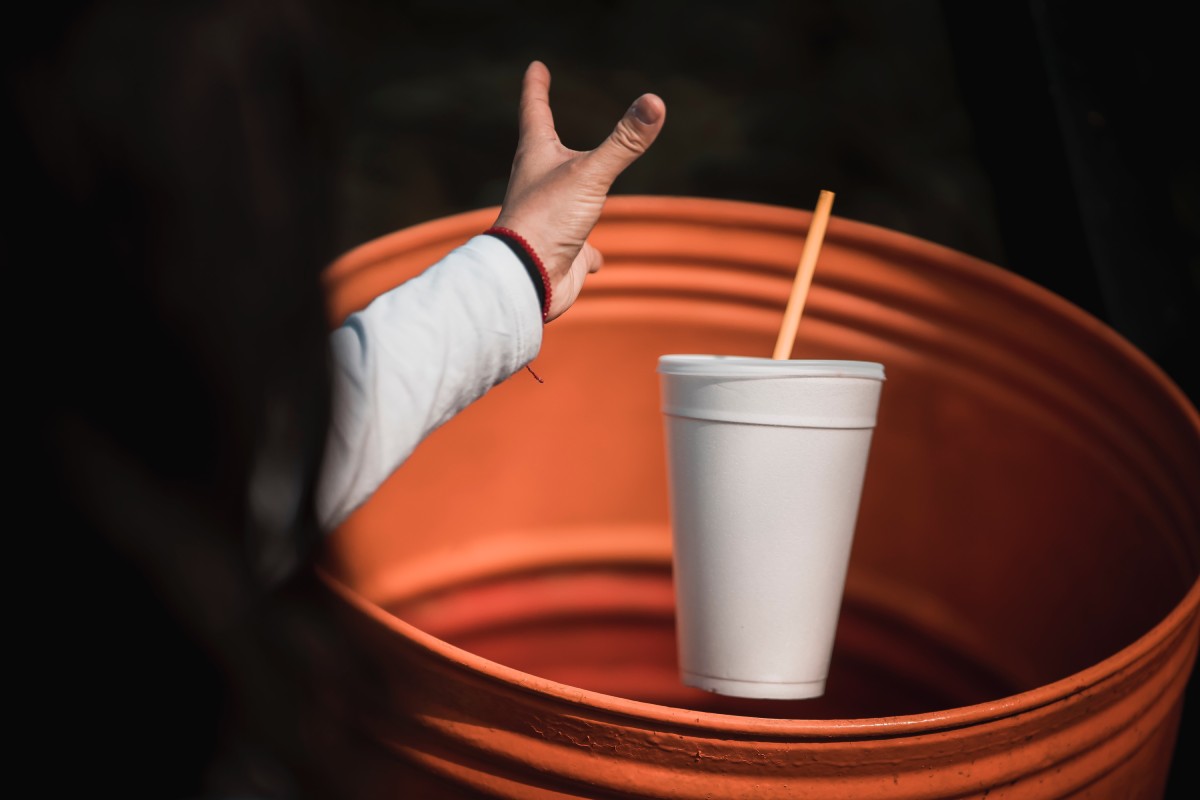
Contamination and Non-Recyclable Items
One of the common challenges in recycling is contamination, which refers to the presence of non-recyclable materials in recycling bins. Contamination can occur when non-recyclable items are mistakenly included with recyclables or when recyclables are contaminated with food waste or liquids. Contamination reduces the quality and value of recyclable materials and can even render them unrecyclable. It is crucial to be aware of common non-recyclable items and to keep them out of recycling bins.
Some examples of non-recyclable items include plastic bags, food waste, Styrofoam, greasy pizza boxes, disposable diapers, and broken glass. These items can cause issues in the recycling process. Plastic bags, for instance, can jam sorting machinery at recycling facilities, while food waste can contaminate other recyclables. It is important to keep these items separate and dispose of them properly in the appropriate waste streams.
Wishful Recycling
Wishful recycling occurs when individuals put items in recycling bins without certainty if they are actually recyclable. While the intention to recycle is commendable, wishful recycling can lead to contamination and disrupt the recycling process. To recycle right, it is essential to understand the materials that are accepted for recycling in your local area and follow the specific guidelines provided by your municipality or waste management services.
To avoid wishful recycling, familiarize yourself with the recycling guidelines for your community. These guidelines outline the accepted materials, sorting requirements, and any specific instructions for preparation. For example, some recycling programs may require plastics to be sorted by type or for paper to be clean and dry. By following these guidelines, you can ensure that your recyclables are properly processed and contribute to the success of recycling efforts.
If you are unsure about the recyclability of an item, it is better to err on the side of caution and dispose of it in the regular trash. When in doubt, reach out to your local recycling authorities or waste management services for clarification. They can provide you with the necessary information to make informed decisions about recycling.
By avoiding contamination and wishful recycling, we can enhance the efficiency and effectiveness of recycling programs. Taking the time to understand what can and cannot be recycled and adhering to local guidelines is crucial in ensuring that our recycling efforts have a positive impact on the environment. Together, we can minimize waste, conserve resources, and protect the planet through responsible recycling practices.
How to Recycle Right
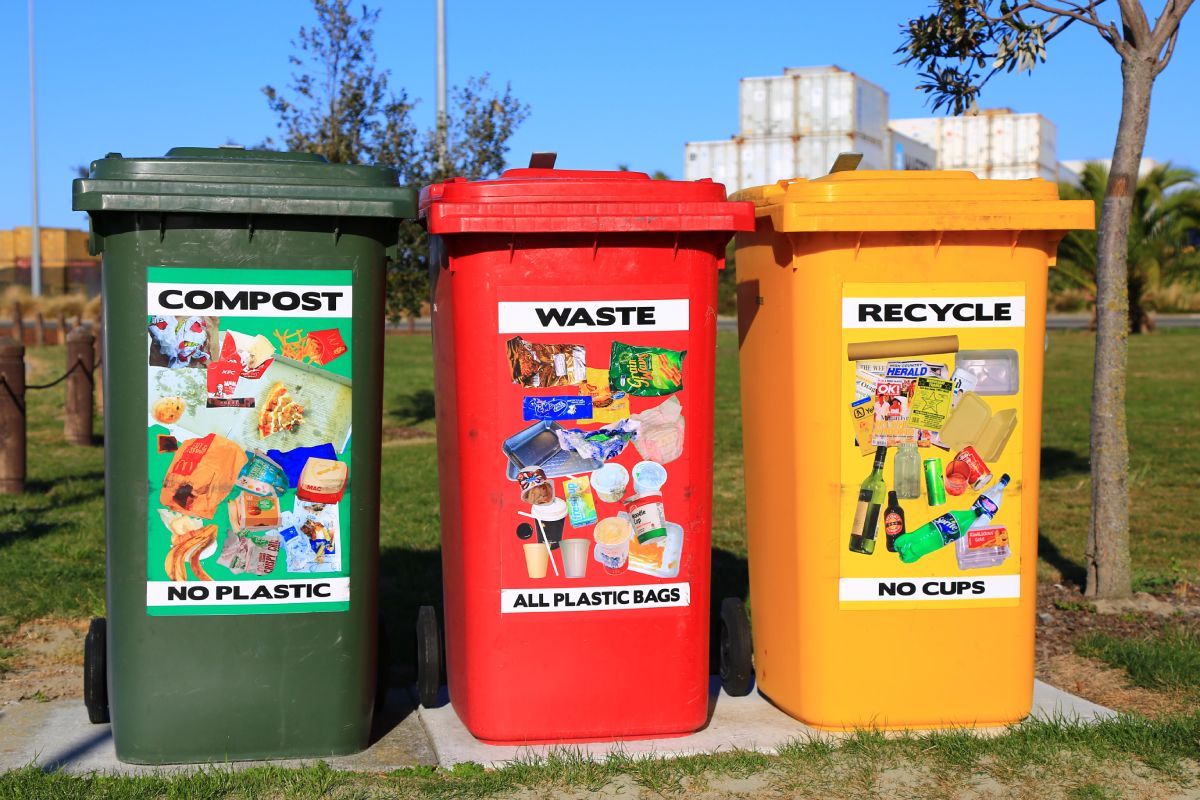
Know Your Local Recycling Guidelines
Understanding and following your local recycling guidelines is essential to recycle right. Recycling guidelines can vary by location, so it is important to familiarize yourself with the specific rules and regulations in your area. Municipalities and waste management services often provide resources and information on their websites, making it easy to access accurate and up-to-date information on what can and cannot be recycled.
To get started, visit your local government or waste management website to find the recycling guidelines for your community. Look for comprehensive lists of accepted materials, sorting instructions, and any specific requirements for preparation. Some communities even provide recycling guides or educational materials that you can refer to.
In addition to official sources, community organizations and environmental groups may also offer helpful resources and guidance on recycling practices in your area. These organizations often host workshops or provide online materials to educate residents about proper recycling techniques.
Proper Sorting and Preparation
Properly sorting and preparing recyclable materials is crucial for successful recycling. When materials are well-sorted and prepared, they can be efficiently processed and turned into new products. Follow these steps to ensure you are recycling right:
Sort: Separate your recyclables into different categories such as paper, plastics, glass, and metals. Refer to your local recycling guidelines for specific sorting requirements, as some programs may require certain materials to be sorted by type or have specific guidelines for packaging.
Clean: Rinse containers and remove any food residue before recycling them. This helps prevent contamination and ensures the quality of the recyclable materials.
Remove Labels and Caps: Remove labels from containers when possible, as they can interfere with the recycling process. Additionally, check if your local recycling program accepts plastic caps and lids. If not, discard them in the regular trash.
Flatten: Flatten cardboard boxes and plastic bottles to save space in your recycling bin and facilitate efficient transportation.
Recycling Beyond the Basics
While basic recycling practices cover a wide range of materials, there are additional recycling opportunities to explore. Consider the following:
Composting: Instead of sending organic waste, such as food scraps and yard trimmings, to the landfill, consider composting. Composting allows these materials to break down naturally, creating nutrient-rich soil amendments for gardening and landscaping.
Electronic Waste Recycling: Electronics, such as old computers, smartphones, and batteries, contain valuable and potentially hazardous materials. Many communities offer designated e-waste recycling programs or collection events to properly handle and recycle electronic waste.
Hazardous Waste Disposal: Certain materials, such as paint, batteries, and household chemicals, require special handling due to their potentially harmful nature. Research local hazardous waste disposal options to ensure these materials are handled safely and recycled or disposed of properly.
By following your local recycling guidelines, properly sorting and preparing recyclables, and exploring recycling opportunities beyond the basics, you can make a significant impact in reducing waste and conserving resources. Remember, recycling is a collective effort, and each individual’s actions contribute to a more sustainable future.
Overcoming Recycling Challenges

Addressing Common Barriers to Recycling
While recycling is crucial for environmental sustainability, there are several common barriers that can hinder recycling efforts. By recognizing and addressing these challenges, we can work towards creating a more effective and widespread recycling culture. Here are some common barriers and strategies for overcoming them:
Lack of Access: Limited access to recycling facilities or services can discourage individuals from recycling. It is important to advocate for improved infrastructure and expanded recycling programs in underserved areas. Encouraging collaboration between local governments, waste management companies, and community organizations can help address these access gaps.
Confusion: Recycling guidelines and regulations can be confusing, leading to uncertainty about what can and cannot be recycled. Education and clear communication are key to overcoming this challenge. Providing easily accessible and understandable information about recycling guidelines through websites, brochures, and community workshops can help clarify the process.
Apathy and Indifference: Some individuals may feel indifferent towards recycling due to a lack of awareness about its importance or a belief that their actions won’t make a difference. Highlighting the environmental benefits of recycling, such as conserving resources and reducing greenhouse gas emissions, can help motivate individuals to participate. Emphasize the collective impact of recycling and the role of each individual in creating a sustainable future.
Inconsistent Messaging: Inconsistent or conflicting recycling messages can lead to confusion and inconsistency in recycling practices. It is crucial to have unified messaging across different platforms, including educational materials, recycling bin labels, and community outreach campaigns. Collaborate with local authorities and recycling organizations to ensure consistent and accurate information is disseminated.
Promoting Recycling in Communities and Organizations
Promoting recycling goes beyond individual efforts. Engaging communities, schools, workplaces, and local organizations can create a ripple effect, fostering a recycling culture and amplifying the impact. Here are some ideas for promoting recycling in various settings:
Schools: Collaborate with schools to incorporate recycling education into the curriculum. Establish recycling programs within schools and organize awareness campaigns to encourage students, teachers, and staff to recycle.
Workplaces: Implement recycling initiatives in workplaces, such as providing recycling bins, organizing awareness campaigns, and offering incentives for employees who actively participate in recycling efforts. Encourage employers to adopt sustainable practices and prioritize recycling within their organizations.
Community Events: Organize community-wide recycling events, such as recycling drives or collection events for specific materials like electronics or hazardous waste. Collaborate with local businesses, community centers, and environmental organizations to raise awareness and encourage participation.
Partnerships: Establish partnerships with local recycling organizations, environmental groups, and government agencies to collectively promote recycling. Collaborate on educational campaigns, workshops, and community projects to reach a wider audience and increase recycling participation.
By addressing common barriers to recycling and promoting recycling in communities and organizations, we can create a more sustainable future. Remember, recycling is a collective effort that requires ongoing education, collaboration, and active participation from individuals, communities, and institutions. Together, we can make a significant impact in conserving resources, reducing waste, and protecting the environment.
Conclusion
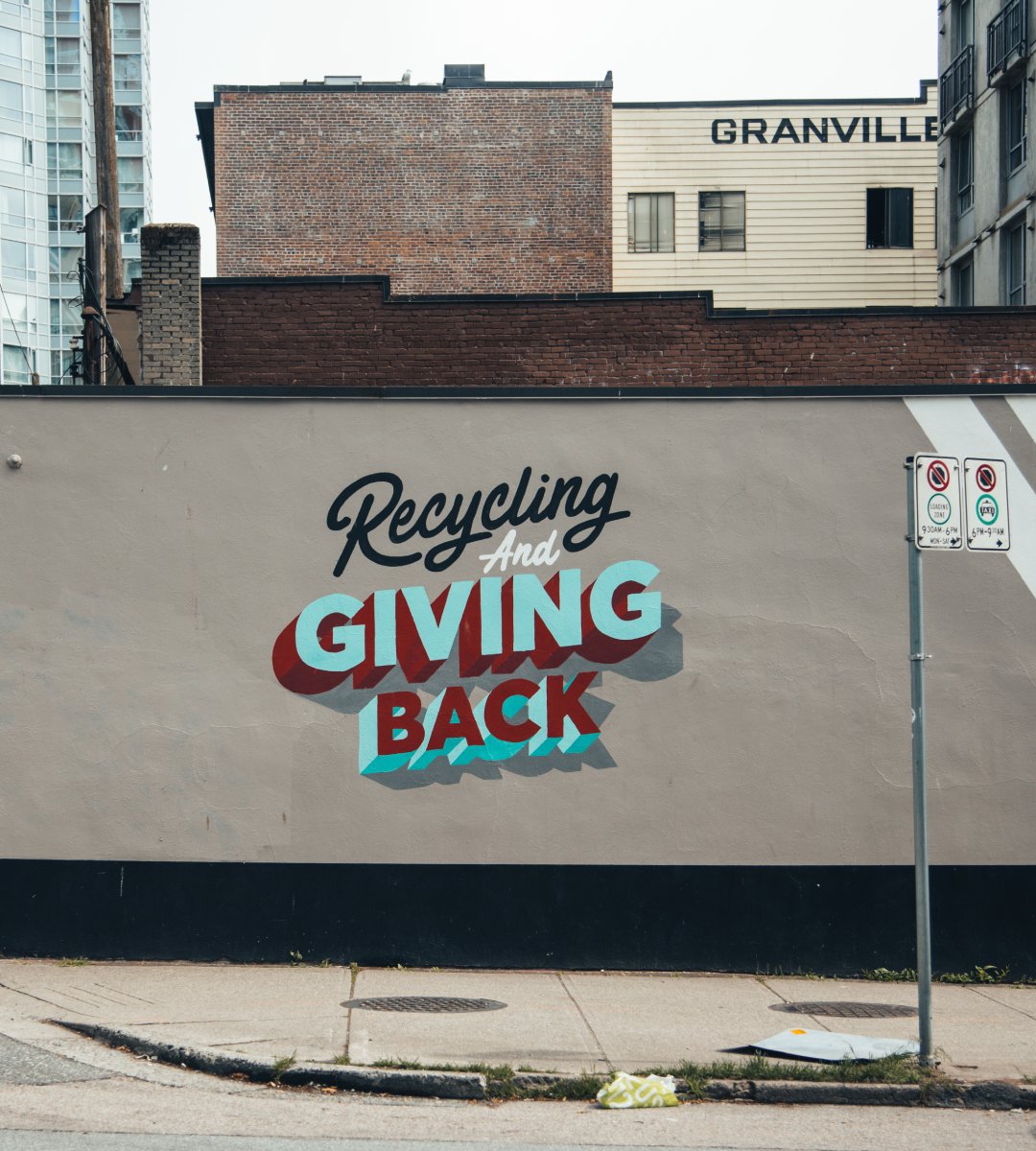
In conclusion, recycling plays a vital role in environmental sustainability by reducing waste, conserving resources, and mitigating climate change. By participating in proper recycling practices, we can make a significant impact on the health of our planet and future generations.
Throughout this article, we have explored the concept of recycling, the recycling process, common recycling mistakes, and how to recycle right. Understanding the importance of recycling and implementing the right recycling practices is essential for maximizing its benefits.
Recycling is not just about tossing items into a recycling bin; it involves a series of steps from collection and sorting to processing and manufacturing. By knowing your local recycling guidelines, properly sorting and preparing recyclable materials, and going beyond the basics to explore advanced recycling practices, such as composting and electronic waste recycling, we can make our recycling efforts even more impactful.
However, we must also address the common challenges that hinder recycling. Lack of access, confusion, apathy, and inconsistent messaging are barriers that need to be overcome. By advocating for improved infrastructure, providing clear education and communication, and promoting recycling in communities and organizations, we can foster a recycling culture that inspires widespread participation.
In conclusion, each individual’s commitment to recycling right can create a collective impact on our environment. By making a conscious effort to recycle, we conserve valuable resources, reduce the strain on landfills, and minimize the carbon emissions associated with extracting and manufacturing new materials. It is important not only to recycle ourselves but also to share our knowledge with others, spreading awareness and encouraging sustainable practices.
Remember, the impact of recycling extends far beyond our individual actions. Every can, bottle, or piece of paper that we recycle contributes to a greener future. By recycling right, we contribute to a more sustainable world, preserve natural resources, and protect the ecosystems that support life.
Let’s take the pledge to recycle right and inspire others to join us. Together, we can create a future where recycling is the norm, waste is minimized, and our planet thrives. Start today, make recycling a part of your everyday life, and let’s build a greener, cleaner, and more sustainable world for generations to come.

